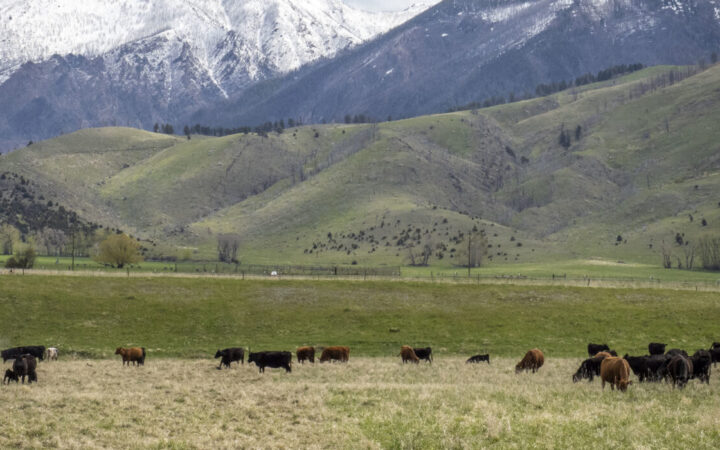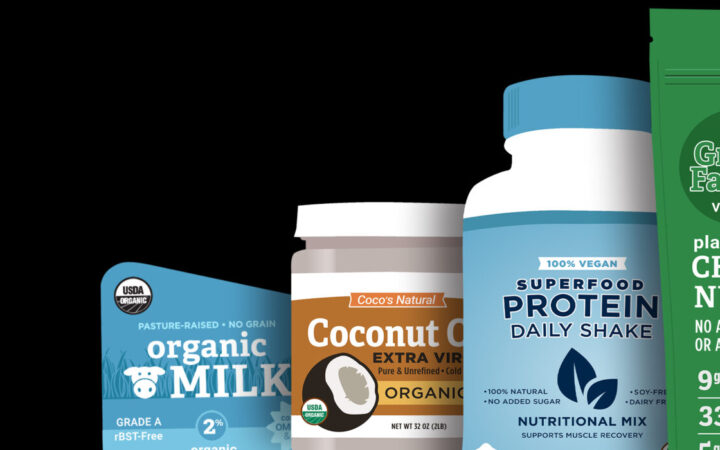This issue brief provides general background on the science of cell-cultured meat production, describes the different regulatory bodies involved, and identifies some of the major issues surrounding the regulation of this new food product.
As cell-cultured or “lab-grown” meat comes closer to hitting grocery store shelves, federal and state regulators are racing to develop a comprehensive regulatory scheme for these products. “Cell-cultured” meat is the technical term for what most people know as “lab-grown” meat. Labeling standards present a central, yet somewhat divisive issue for regulators to resolve. One set of stakeholders, traditional meat producers, are pushing for strict labeling requirements—they want to reserve terms like “meat” for meat made from animals. Supporters of these labeling restrictions argue that consumers are likely to be deceived by words like “burger” on alternative proteins. Alternative protein producers oppose the restrictions, claiming consumers will recognize the difference between the products. Rather, they argue that consumers are more likely to be confused about how to cook and serve the product if alternative protein producers cannot use familiar terms like “sausage” or “burger.” Additionally, alternative protein producers allege that laws and regulations restricting the use of such terms violate producers’ First Amendment right to free speech.
In recent years, several states have passed legislation on cell-cultured meat labeling, in the absence of federal regulation. However, the federal government is in the process of establishing comprehensive national standards. In early 2019, the Food and Drug Administration (FDA) and the United States Department of Agriculture (USDA) agreed that FDA would have jurisdiction over the culturing process while the product is manufactured. USDA would then assume authority once the product is harvested, which includes the power to regulate the food’s labeling. In September 2021, USDA published an Advanced Notice of Proposed Rulemaking to solicit public input on how cell-cultured meat products should be labeled.
This Labels Unwrapped issue brief examines the recent cell-cultured meat labeling controversy. First, the brief provides general background on the science of cell-cultured meat production, discusses consumer trends and motivations, and introduces key stakeholder perspectives. It then explains the roles of different regulatory bodies, such as state lawmakers, Congress, federal agencies, and courts. Finally, the brief explains some of the major policy issues surrounding cell-cultured meat, such as federal preemption and consumer protection. This issue brief is intended to give consumers a better understanding of how cell-cultured meat products will likely be labeled when they hit the shelves of local grocery stores.
Suggested Citation
Alexandra Spring & Cydnee Bence, What’s the Beef?: Debates over Cell-Cultured Meat, Vt. L. & Grad. Sch. Ctr. for Agric. and Food Sys. (2022), https://labelsunwrapped.org/wp-content/uploads/2022/10/Labels-Unwrapped-Cultured-Meat.pdf.




